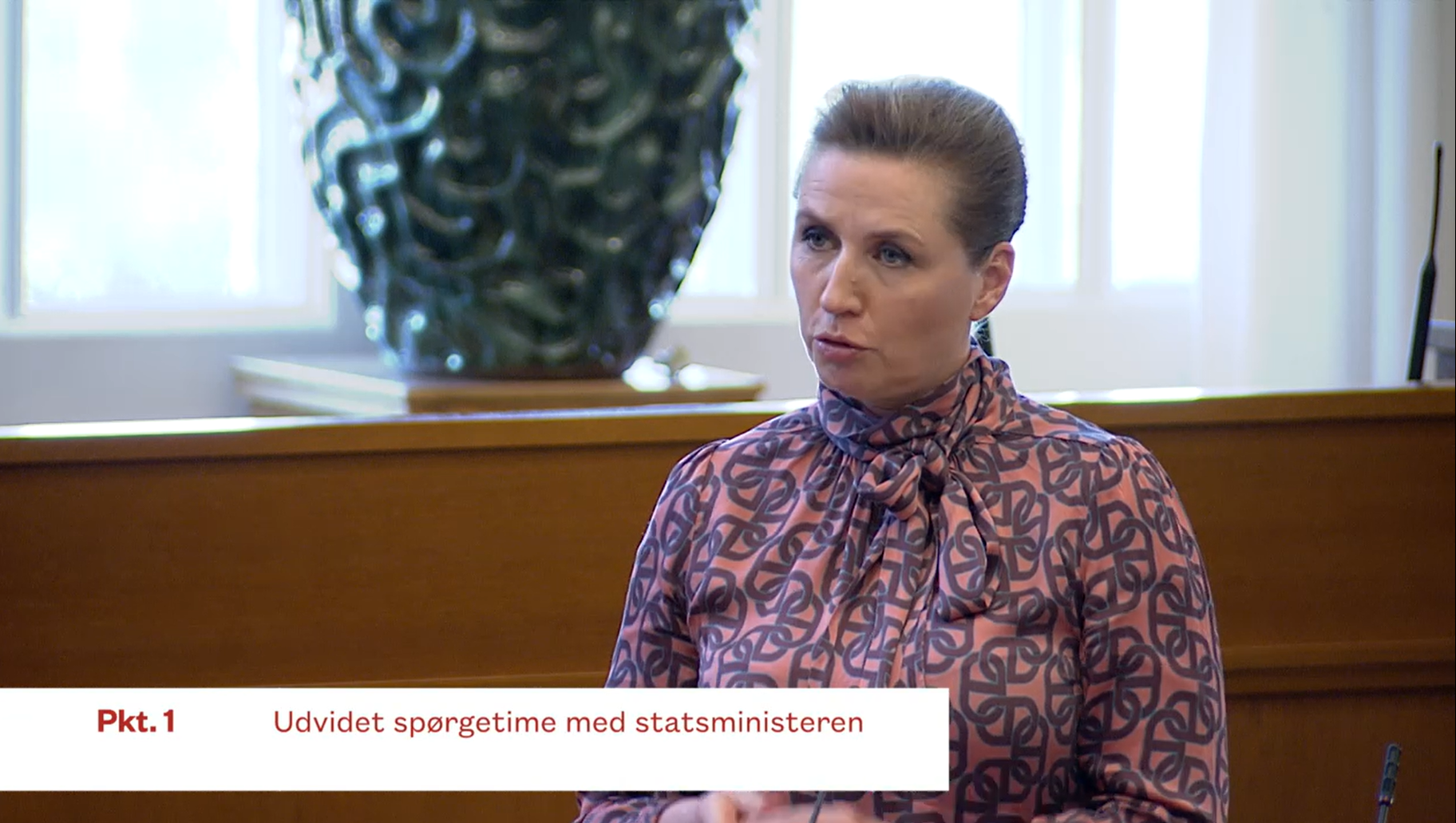Danish fruits and vegetables contain fewer pesticide residues than similar foods from other countries. According to the 2012 pesticide report from the Danish Veterinary and Food Administration and the National Food Institute, fruits and vegetables from other countries contain more residue than the Danish variety.
Fruits from countries outside the EU contained most pesticide residues, with 74 percent of the samples carrying some sort of deposit. Some 69 percent of fruits from EU countries contained pesticide residues, while 58 percent of Danish fruits were affected. Pesticides showed up more often in fruits than in vegetables. The figures for conventionally grown vegetables are 36 percent for countries outside the EU, half for EU countries and 13 percent for Denmark.
No health risk
As in previous years, there was no pesticide residue found in meat.
No samples of Danish fruits exceeded the maximum residue levels set by the EU, whereas 1 percent of the samples from fruits produced in other EU countries and 3 percent of samples from countries outside the EU exceeded the EU levels.
READ MORE: Concerns over pesticide residue in drinking water
Organic foods were also tested. Residue amounts were so low that researchers suspect that accidental pollution may be the cause of the trace of pesticides found on the fruits and vegetables.
Researchers concluded that none of the findings constitute a health risk for consumers.













